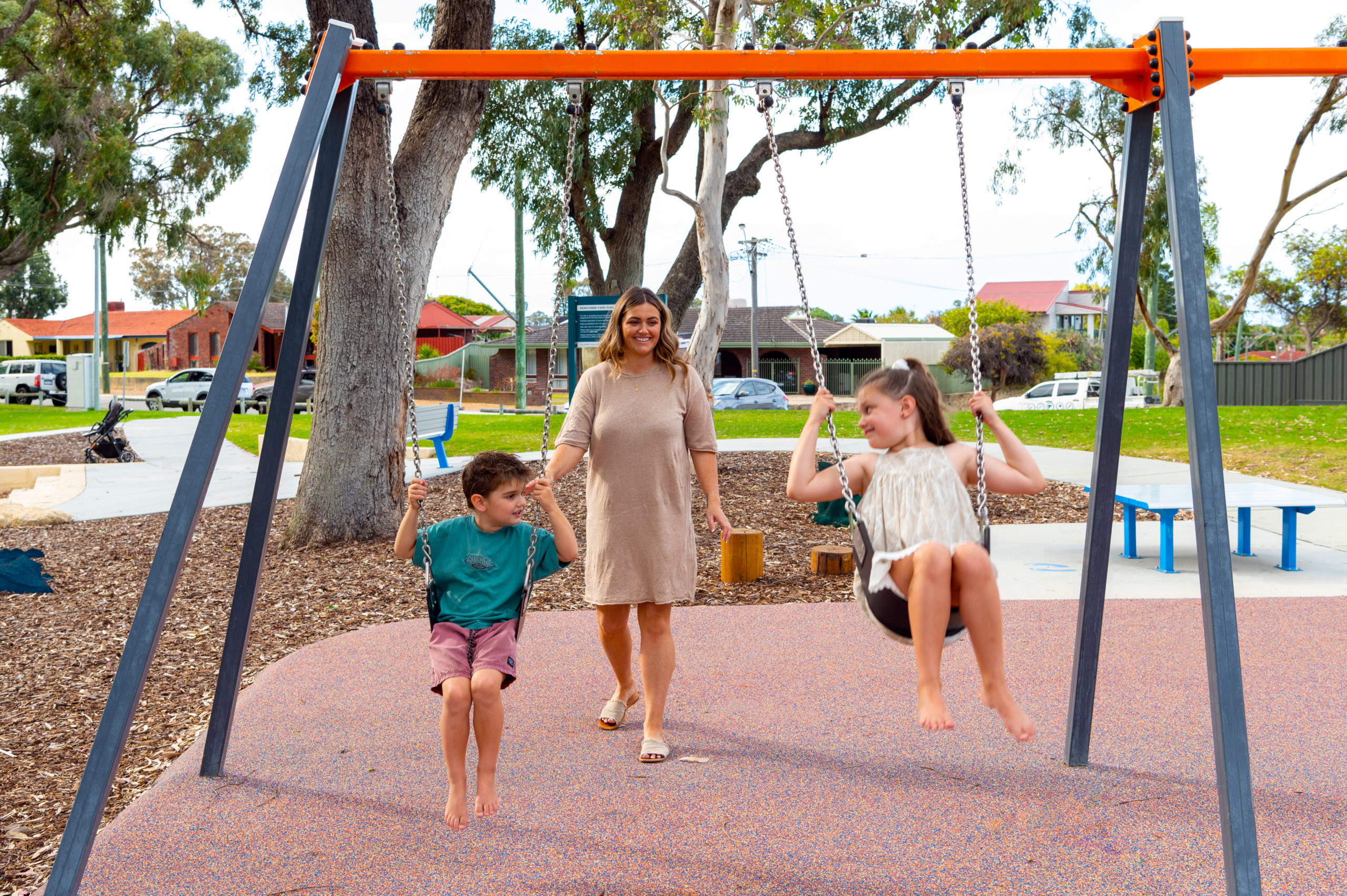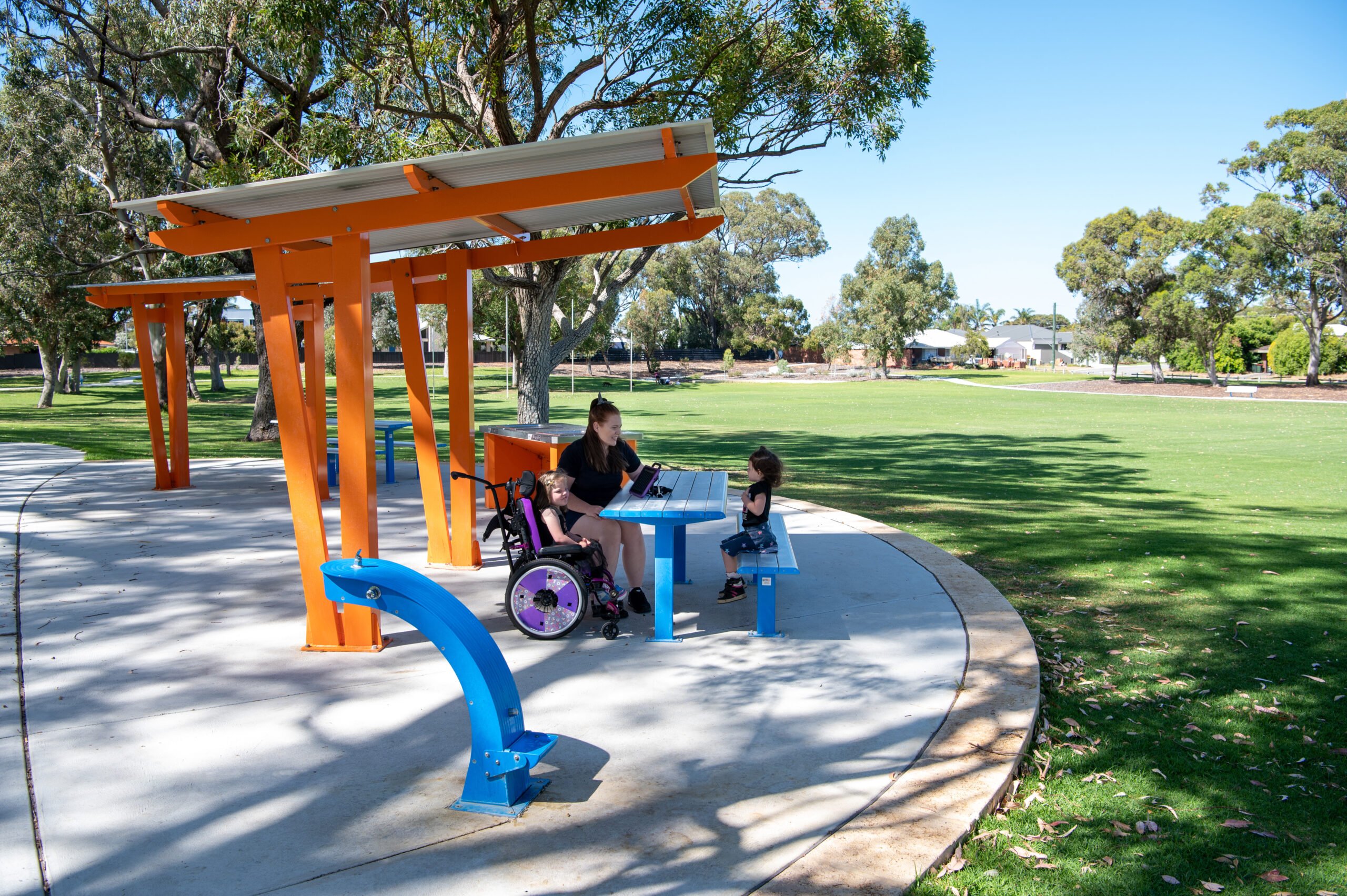Gardens by the Bay in Singapore is more than just a park - it’s a global landmark that pushes the boundaries of innovation in green space design. Home to the iconic Supertrees and climate-controlled biomes, it's is a living, breathing example of what the future of urban parks can look like.
Could Australia’s public spaces be the next to embrace such forward-thinking design? Let’s explore how Gardens by the Bay is shaping the future of green spaces, and what Australia can learn from it.
Cover Photo by Sergio Sala on Unsplash
What is Gardens by the Bay and why is it a groundbreaking project?
Gardens by the Bay is a vast, 101-hectare botanical garden located in the heart of Singapore. A masterpiece of botanical artistry and garden design, it’s also home to multiple groundbreaking innovations that seamlessly blend environmental sustainability, advanced technology, and public engagement in ways never seen before. The park's main world-first features include:
SuperTrees
Imagine standing beneath eighteen towering trees, reaching up to 50 meters tall, their trunks draped in vibrant greenery. These aren’t just trees - they’re Supertrees. Home to over 200 plant species, they’re equipped with 5,000 solar panels that generate 1 megawatt of energy to power the park and feed into the city’s grid. The trees also collect rainwater for irrigation, and thanks to the plants, they naturally cool the air by up to 5°C. Visitors can wander along suspended walkways between the Supertrees, soaking in stunning views of the city skyline.

Photo by Kaung Myat Min on Unsplash
From Rainforests to Deserts: Global Climates in One Place
The domes at Gardens by the Bay are groundbreaking in replicating diverse global climates- like tropical rainforests and arid deserts - allowing visitors to experience ecosystems that wouldn’t normally thrive in Singapore's tropical heat. The two domes span over 3 acres, standing 38 meters tall and 120 meters long. The Flower Dome, the world’s largest glass greenhouse, and the Cloud Forest, home to the world’s tallest indoor waterfall at 35 meters, together house more than 3,000 plant species. The Cloud Forest replicates a cool, misty mountain rainforest, while the Flower Dome showcases plants from arid deserts and Mediterranean climates. Beyond their beauty, these domes serve as educational spaces, raising awareness about climate change and biodiversity, making them a leader in sustainable and immersive park design.
.jpg?width=685&height=457&name=Garden%20by%20the%20Bay%2c%20Singapore%20(7).jpg)
Photo by Jiachen Lin on Unsplash
What technologies are used to maintain the gardens efficiently?
The innovation at Gardens by the Bay lies in how the garden seems to 'think' for itself - where lights only come on when needed, and plants are watered only when they’re thirsty. This is achieved through smart self-adjusting systems that optimise resource use, making the park highly efficient in managing its utilities.
For example, smart lighting automatically adjusts its brightness based on natural light levels, conserving energy. The irrigation system, equipped with soil moisture sensors, ensures water is used only when necessary, reducing waste.
Inside the park’s domes, climate control systems adjust temperature and humidity in real-time, minimising energy use while maintaining ideal conditions for the eco-systems.
The park also incorporates smart technology in its maintenance. Bin sensors alert staff when they’re full, while self-cleaning glass, treated with hydrophobic and photocatalytic coatings, stays clear with minimal upkeep. Additionally, silicone and fluoropolymer water-repellent coatings are applied to structures and walkways, ensuring they remain durable and low-maintenance in all weather conditions.
.jpg?width=433&height=648&name=Garden%20by%20the%20Bay%2c%20Singapore%20(2).jpg)
Photo by Miguel Sousa on Unsplash
What Secrets Make Gardens by the Bay a Hub for Community Connection?
From the very beginning, community involvement has been at the heart of Gardens by the Bay’s design. The National Parks Board launched a global competition to find world-class design ideas, and submissions poured in from around the world. The designs were then displayed to the public, and the feedback was overwhelmingly positive - 85% of people loved the plans, and 97% said they’d visit the Gardens.
This spirit of community engagement continues today. The park blends cutting edge features like the iconic Supertrees and climate-controlled domes with accessible, multi-purpose spaces. These areas host a variety of activities, from cultural programs to year-round events, ensuring that people from all backgrounds continuously interact, creating a dynamic inclusive space inviting social connection in ways traditional parks do not.
The results speak for themselves: 90% of visitors report being satisfied, and return visits are at an all-time high. In fact, 40% of visitors are locals, thanks to the park’s ever-changing events and seasonal exhibits, which keep people coming back for more.
What aspects of Gardens by the Bay’s innovative design could be replicated in Australia’s future green spaces?
Gardens by the Bay is a perfect example of how innovation and community involvement can reshape our understanding of public spaces. It blends cutting-edge technology, sustainability, and inclusive design to create a park that serves far beyond just being a place to visit. The way it uses smart systems to conserve resources, alongside multi-purpose spaces and innovative street and park furniture designs that encourage ongoing community interaction, shows us that parks don’t just have to be about passive enjoyment- they can be hubs of culture, connection, and learning. As Australia looks to the future of its landscape architecture, there's so much we can learn from this approach: how to integrate modern technology, create spaces that serve diverse needs, and ensure that our parks are places where people not only visit but truly connect with one another.



 Back to News
Back to News 


